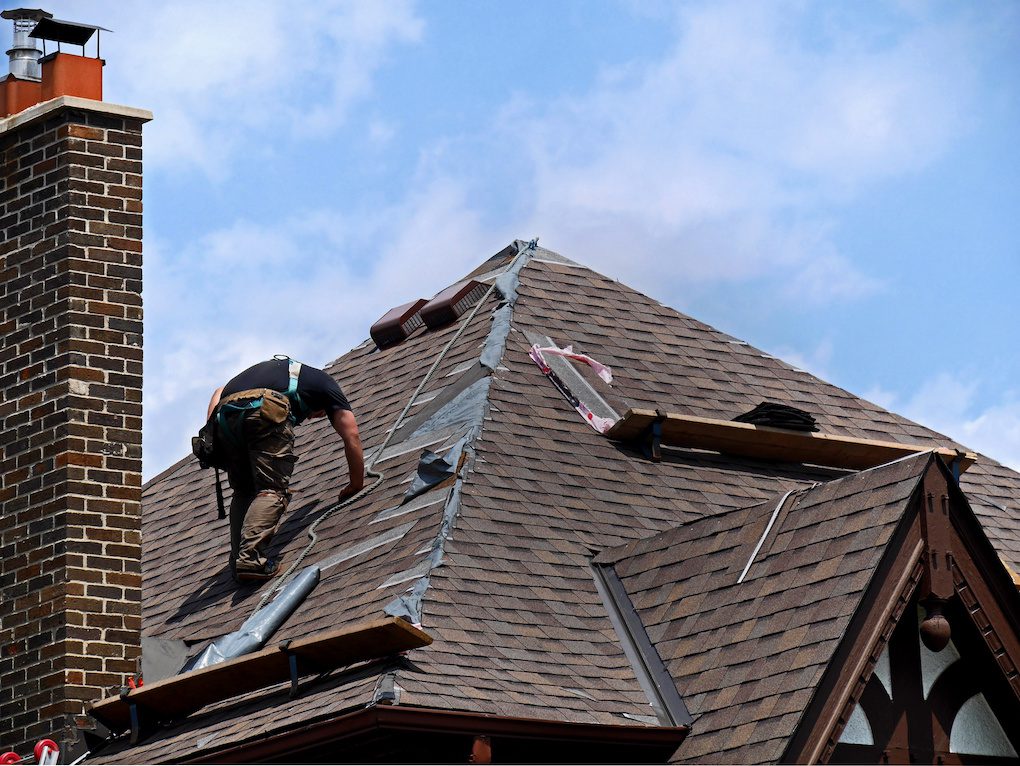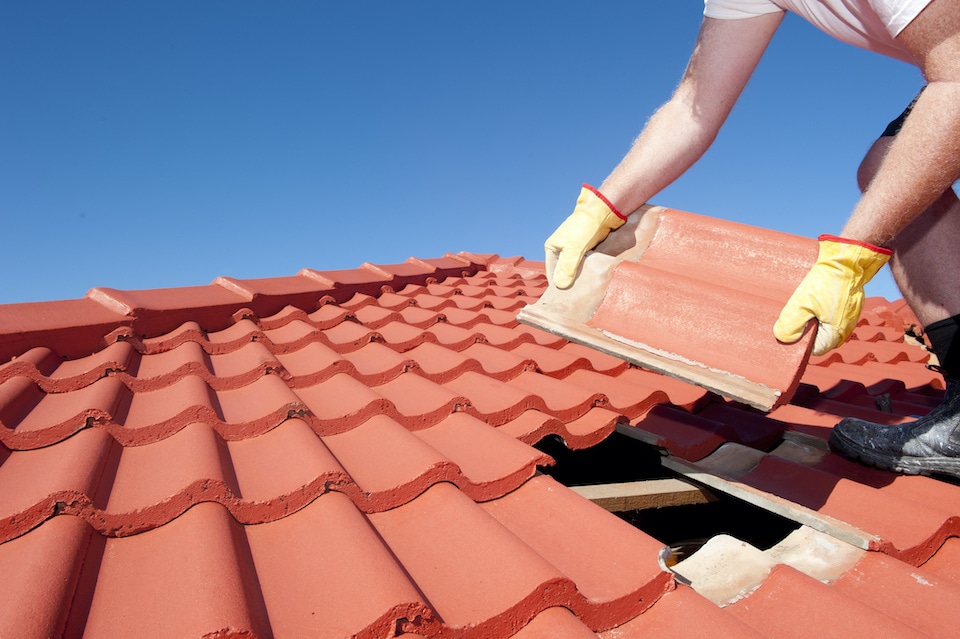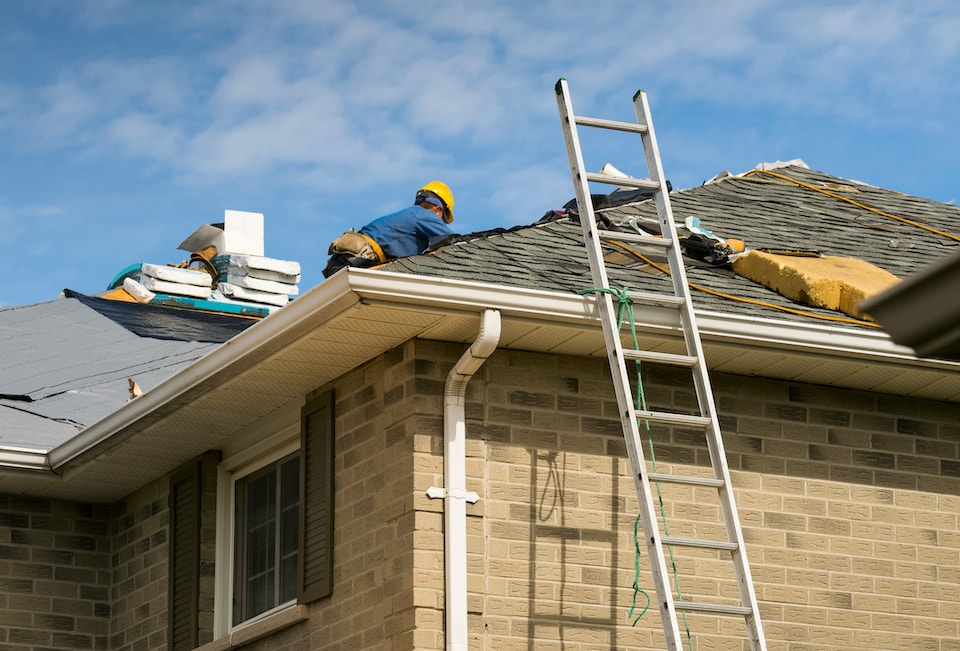Have you ever wondered how long it takes to replace a 2000 sq ft roof? Well, wonder no more! In this article, we will explore the average time it takes for a roofing company to complete such a project. Whether you’re a homeowner considering a roof replacement or simply curious about the process, read on to discover the expected timeline for this common home improvement endeavor.

Steps to Replace a 2000 sq ft Roof
1. Roof Inspection
The first step in replacing a 2000 sq ft roof is conducting a thorough roof inspection. This involves evaluating the existing roof, identifying any damage or necessary repairs, and obtaining measurements for material estimation. A professional roofing contractor will assess the condition of the roof and provide recommendations for the replacement process.
2. Material Selection
Once the roof inspection is complete, the next step is selecting the appropriate roofing materials. Researching different types of roofing materials is crucial as it allows you to determine the most suitable option for your specific needs. Factors such as durability, cost, and aesthetics should be taken into consideration when making this decision.
3. Obtaining Permits
Before replacing a roof, it is essential to check local building codes and regulations to determine if any permits are required. This step ensures that the replacement process complies with all legal requirements. Fill out the necessary permit applications, pay any applicable fees, and wait for permit approval before proceeding with the replacement.
4. Safety Preparations
Safety should always be a top priority when replacing a roof. Before starting any work, ensure that the necessary safety equipment and tools are available. This may include items such as harnesses, ladders, and helmets. Set up safety measures and barriers to protect both the workers and the surrounding areas. Additionally, it is important to brief the team on safety protocols and procedures to minimize the risk of accidents or injuries.
5. Removing the Old Roof
The process of replacing a roof begins with removing the old roof. This involves stripping off the existing shingles and underlayment. Proper disposal of old roofing materials is essential to maintain a clean and organized work site. While removing the old roof, it is also important to inspect the roof deck for any damage that may need to be repaired before proceeding with the replacement.
6. Repairing the Roof Deck
If any damage is found on the roof deck during the inspection, it is necessary to repair or replace the damaged sections. This step ensures that the deck is level and stable before installing the new roof. Properly addressing any issues with the roof deck will help prevent future problems and ensure a successful roof replacement.
7. Installing Underlayment
Underlayment is a crucial component of a roof as it provides an added layer of protection against moisture. The installation process involves applying an ice and water shield to vulnerable areas such as valleys and eaves, followed by the addition of a felt underlayment. It is essential to properly seal overlaps and edges to prevent water penetration and ensure a watertight roof.
8. Applying Shingles
Once the underlayment is in place, it is time to install the shingles. Starting at the bottom and working upwards, nail the shingles according to the manufacturer’s instructions. Proper alignment and overhang should be maintained throughout the installation process to ensure a visually pleasing and functional roof.
9. Flashing and Vent Installation
Flashing is used to prevent water penetration in critical areas such as chimneys, vents, and skylights. During this step, metal flashing is installed around these openings and secured properly. Additionally, roof vents or turbines may be installed to provide proper ventilation for the attic space. Adequate ventilation is essential to prevent moisture buildup and extend the lifespan of the roof.
10. Clean Up and Final Inspection
After all the roofing components are installed, it is time to clean up the work site and conduct a final inspection. Clear the roof and the surrounding area of any debris or leftover materials. Inspect the entire roof to ensure that all the work has been completed to the highest standard. Finally, conduct a final walkthrough with the client to address any concerns and ensure their satisfaction with the new roof.
Factors Affecting Roof Replacement Time
1. Roof Complexity
The complexity of the roof is a significant factor in determining the time it takes to replace a 2000 sq ft roof. Factors such as the steepness or pitch of the roof, the number and complexity of dormers, valleys, and ridges, and the presence of multiple layers of old roofing materials can increase the time required for the replacement process. A more complex roof will involve more detailed work and potentially require additional labor and time.
2. Weather Conditions
Weather conditions play a crucial role in the duration of a roof replacement project. Inclement weather, such as rain or high winds, can delay the process and pose safety risks to the workers. It is essential to plan the replacement during a season with more favorable weather to minimize potential delays and ensure the work can be completed efficiently and safely.
3. Contractor Efficiency
The efficiency of the roofing contractor and their team can significantly impact the time it takes to replace a roof. The experience and expertise of the crew, the availability of sufficient skilled workers, and the use of efficient tools and equipment can expedite the replacement process. Choosing an experienced and reputable contractor is essential to ensure the project is completed within a reasonable timeframe.
4. Material Availability
The availability of roofing materials can affect the timeline of a roof replacement. The lead time required for ordering specific materials, as well as the availability of preferred materials in the market, can impact the speed at which the project can be completed. It is important to factor in material availability when planning for a roof replacement to avoid unnecessary delays.
5. Unforeseen Repairs and Adjustments
Sometimes, unexpected repairs or adjustments are necessary during the roof replacement process. Discovering damage that was not initially anticipated may require additional time and resources to address. It is important to be prepared for such unforeseen issues and allocate extra time and budget to accommodate any necessary repairs or adjustments.

Roof Replacement Timeline
1. Roof Inspection (1-2 days)
The roof inspection typically takes around 1-2 days to complete. This includes evaluating the existing roof, identifying any damage or necessary repairs, and obtaining measurements for material estimation. The duration may vary depending on the complexity and size of the roof.
2. Material Selection (1-2 days)
Selecting the appropriate roofing materials usually takes 1-2 days. Researching different options, considering factors such as durability and cost, and consulting with the roofing contractor will help ensure the right materials are chosen for the replacement.
3. Obtaining Permits (1-2 weeks)
Obtaining the necessary permits for the roof replacement process can take 1-2 weeks. This timeline accounts for checking local building codes and regulations, filling out permit applications, paying fees, and waiting for permit approval.
4. Safety Preparations (1-2 days)
Setting up safety measures and preparing the work site generally takes 1-2 days. This includes ensuring the availability of proper safety equipment and tools, setting up safety barriers, and briefing the team on safety protocols.
5. Removing the Old Roof (1-5 days)
The process of removing the old roof can take between 1-5 days, depending on various factors such as the size of the roof, the complexity of the existing roof system, and the number of laborers involved in the process.
6. Repairing the Roof Deck (1-2 days)
Repairing or replacing damaged sections of the roof deck typically takes around 1-2 days. This includes addressing any issues discovered during the inspection and ensuring the deck is level and stable before proceeding with the installation of the new roof.
7. Installing Underlayment (1-3 days)
The installation of underlayment generally takes 1-3 days. This includes applying an ice and water shield, adding a felt underlayment, and properly sealing overlaps and edges to ensure a watertight roof.
8. Applying Shingles (2-5 days)
The process of applying shingles can take anywhere from 2-5 days, depending on factors such as the size of the roof, the complexity of the roof design, and the number of laborers working on the project. Proper alignment and nailing techniques are essential during this stage.
9. Flashing and Vent Installation (1-2 days)
Installing flashing around chimneys, vents, and skylights typically takes 1-2 days. This includes securing and sealing the flashing properly to prevent water penetration. Additionally, the installation of roof vents or turbines for proper ventilation may be completed during this stage.
10. Clean Up and Final Inspection (1 day)
The final step of the roof replacement process involves cleaning up the work site and conducting a final inspection. Clearing the roof and surrounding areas of debris usually takes 1 day. The final inspection ensures that all the work has been completed to the highest standards and provides an opportunity to address any remaining issues or concerns.
In conclusion, replacing a 2000 sq ft roof involves several important steps, including roof inspection, material selection, obtaining permits, safety preparations, removing the old roof, repairing the roof deck, installing underlayment, applying shingles, flashing and vent installation, clean up, and final inspection. The time it takes to replace a roof is influenced by various factors such as the roof’s complexity, weather conditions, contractor efficiency, material availability, and any unforeseen repairs or adjustments. Understanding the timeline and steps involved will help you plan and prepare for a successful roof replacement project.
